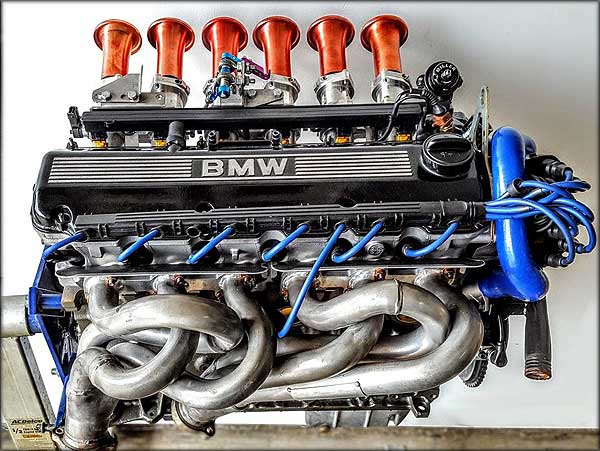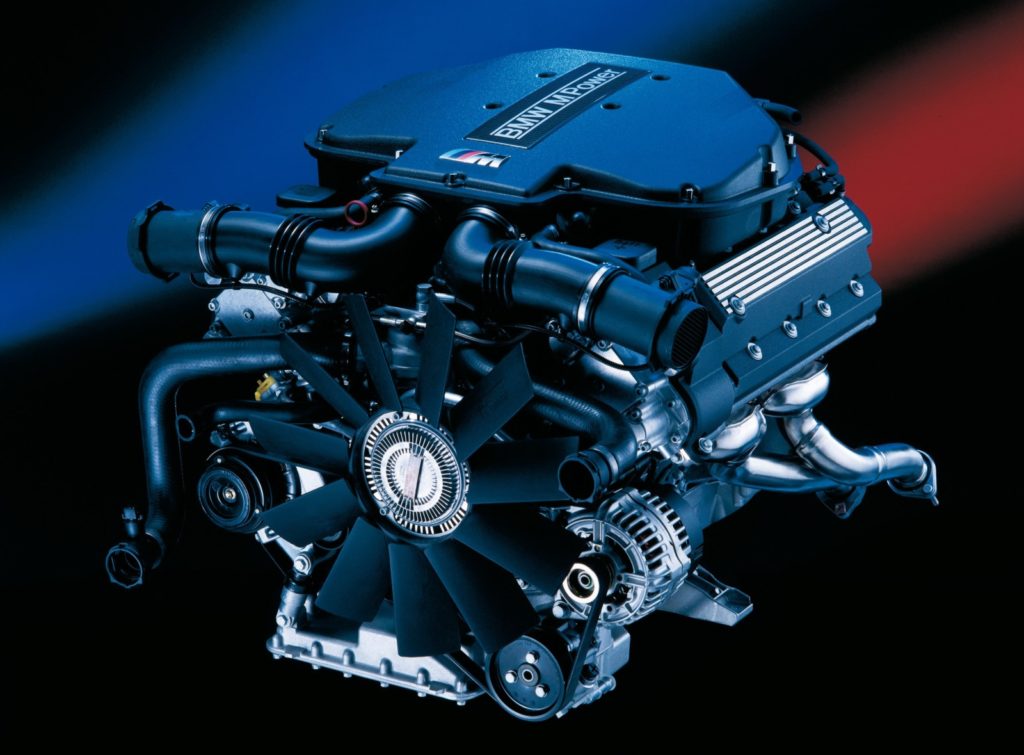A Comprehensive Overview to Recognizing BMW Engine Specs
A Comprehensive Overview to Recognizing BMW Engine Specs
Blog Article
Revealing the Intricacies of Next-Generation Power Units: a Deep Dive Into Advanced Engine Layouts and Technologies
As we stand on the precipice of a new era in transportation, the ins and outs of next-generation engine designs bid us to explore the innovative modern technologies and advancements that assure to redefine the driving experience. Digging much deeper right into the realms of exhaust control, intelligent engine management systems, and the horizon of power device development, we discover ourselves on the cusp of a transformation that promises to improve the landscape of flexibility as we understand it.
Evolution of Engine Materials

The shift in the direction of advanced engine materials has likewise made it possible for designers to create engines with higher power results while keeping fuel performance requirements. The usage of light-weight products reduces the overall weight of the engine, leading to enhanced gas economic climate and lower emissions. Additionally, improvements in products modern technology have actually permitted much better thermal administration within engines, leading to enhanced reliability and long life.
Turbocharging and Supercharging Technologies
Just How do Turbocharging and Supercharging Technologies change engine performance and efficiency in modern-day vehicles? Turbocharging and turbo charging are modern technologies that significantly boost engine efficiency by enhancing the amount of air intake into the combustion chamber. Turbocharging attains this by using a generator driven by exhaust gases to pressurize the consumption air, while supercharging makes use of a belt- or chain-driven compressor to attain the very same effect.
These modern technologies make it possible for smaller, extra fuel-efficient engines to generate power equal to larger ones, recognized as downsizing. By requiring even more air into the cylinders, turbocharging and supercharging boost combustion performance, causing raised horse power and torque outcome without a significant boost in engine dimension. This causes better acceleration, lugging capability, and total driving performance.
Additionally, supercharging and turbocharging add to improved fuel performance by allowing the use of smaller sized engines that eat less gas under normal driving conditions - bmw engine. This combination of boosted efficiency and efficiency has made turbocharging and turbo charging indispensable components of numerous modern-day engine layouts
Emission Control and Environmental Effect
With raising global concerns relating to air top quality and environmental sustainability, the implementation of discharge control modern technologies in automobiles plays a crucial function in minimizing unsafe pollutants released into the atmosphere. Modern cars are geared up with advanced discharge control systems that assist lessen the ecological effect of vehicle procedures. Catalytic converters, as an example, are created to transform poisonous gases such as carbon monoxide gas, nitrogen oxides, and hydrocarbons into less damaging substances like carbon dioxide and water vapor.
Additionally, innovations in engine technology, such as the combination of exhaust gas recirculation systems and careful catalytic decrease, have substantially added to reducing emissions. These technologies operate in tandem to enhance combustion efficiency and minimize the launch of unsafe contaminants into the air. Additionally, the growth of crossbreed and electric their website cars stands for a critical action towards reducing the total ecological footprint of the transport market.
Intelligent Engine Administration Systems

Moreover, these systems enable lorries to satisfy stringent exhausts standards without endangering performance, giving a more eco friendly driving experience. The assimilation of synthetic knowledge and artificial intelligence capabilities in engine monitoring systems remains to push the limits of what is possible, causing further enhancements in efficiency, integrity, and overall car efficiency. bmw engine. As vehicle modern technology developments, smart engine management systems will certainly play an important duty in shaping the future of transport towards a more effective and sustainable direction
Future Trends in Power Unit Growth
As intelligent engine monitoring systems lead the way for enhanced control and optimization in modern-day lorries, future patterns in power system growth are poised to redefine the landscape of automotive propulsion technologies. These different power sources provide enhanced performance and efficiency while aligning with rigorous ecological regulations.
One more considerable pattern is the combination of innovative products and producing techniques. Lightweight materials such as carbon fiber and aluminum are being utilized to decrease total lorry weight, boosting fuel efficiency and performance. Additionally, advancements in 3D printing and additive production are making it possible for the manufacturing of intricate engine components with higher accuracy and toughness.
Furthermore, expert system and artificial intelligence Discover More are playing a vital function in enhancing power system efficiency. These modern technologies permit for real-time surveillance and flexible control, leading to much more reliable and efficient power delivery. Overall, future fads in power unit advancement are geared in the direction of sustainability, efficiency, and efficiency, driving the automobile market towards a new era of propulsion modern technologies.

Conclusion
Finally, the improvements in engine materials, turbocharging, emission control, and intelligent monitoring systems have led the method for next-generation power units. These innovations have not just enhanced efficiency and effectiveness yet likewise reduced environmental influence. As innovation remains to evolve, future patterns in power device development are most likely to concentrate on further improving sustainability and maximizing power output. The complex layouts and developments in contemporary engines display the ongoing development of vehicle modern technology.
Discovering the dynamic advancements in engine materials has been critical in improving the performance and effectiveness of contemporary engines. Over the years, the development of engine materials has played a critical function in pushing the borders of what engines can attain.The shift towards advanced engine materials has likewise allowed engineers to develop engines with higher power outcomes while preserving fuel efficiency standards.The implementation of smart engine monitoring systems in modern-day automobiles has actually reinvented the method engines are managed and optimized for performance and performance. By accumulating information in real-time and assessing it with innovative algorithms, smart engine administration systems can adapt to driving designs, ecological elements, and engine health to make best use of power output while minimizing gas usage and discharges.
Report this page